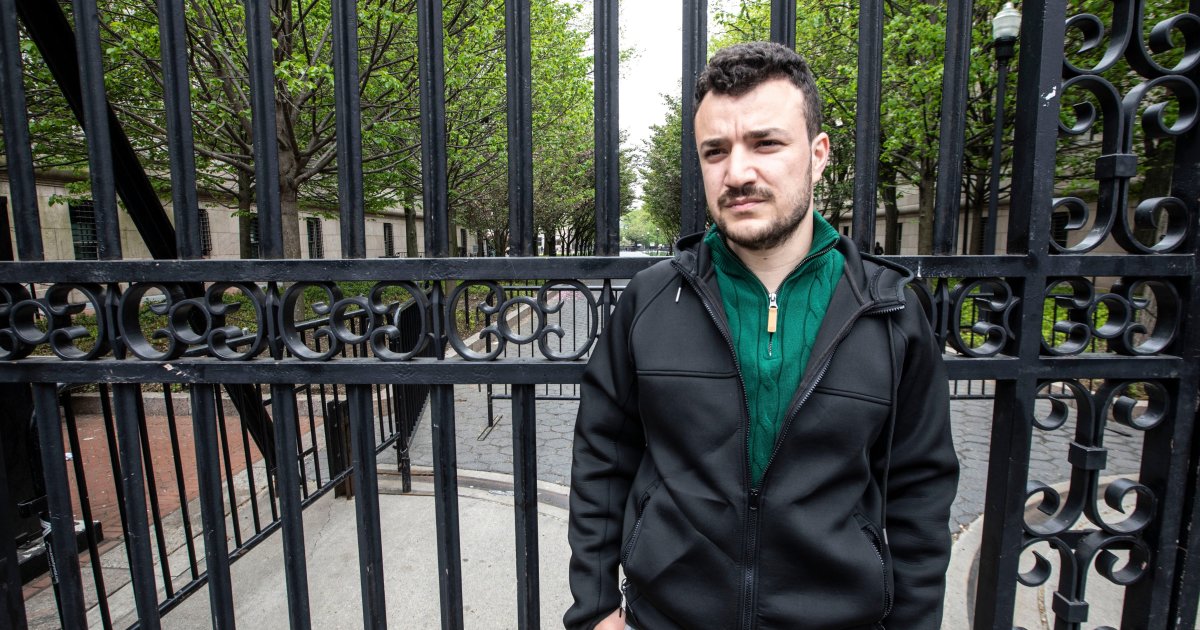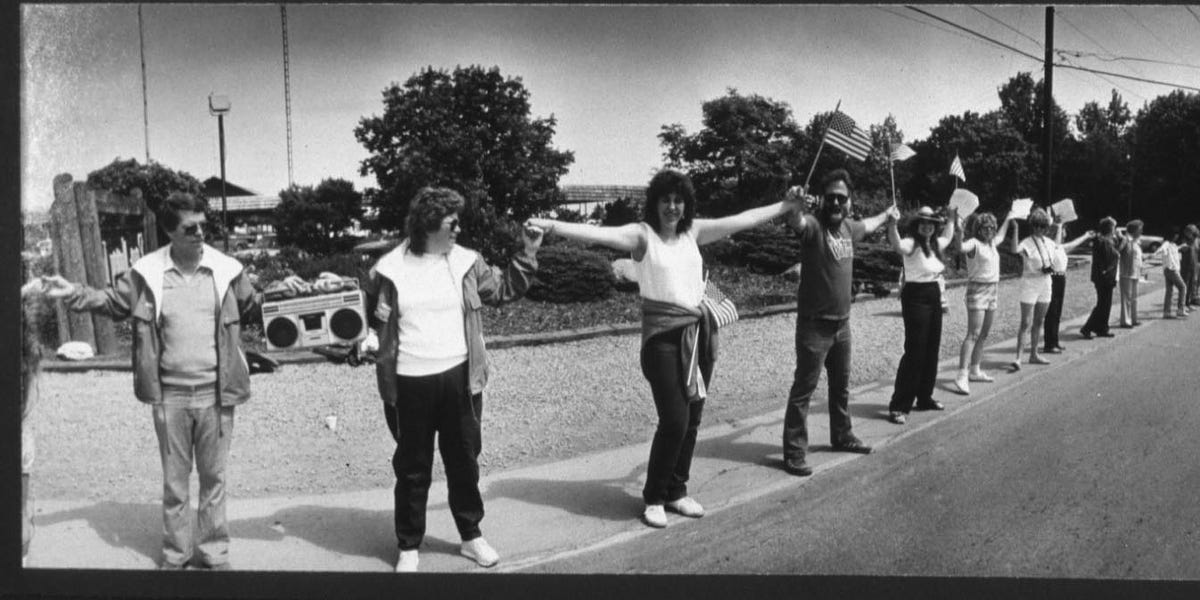Homeland Security
This is a despicable orgy of arbitrary state violence, and an utterly lawless assault on due process.
Shared Article from WBEZ
Immigration agents arrested a U.S. citizen and created warrants …
Chicago attorneys were in federal court Thursday accusing federal agents of violating immigration law and the constitutional rights of at least 22 peo…
wbez.org
Chicago attorneys with the National Immigrant Justice Center and the ACLU of Illinois accused the federal government in court Thursday of violating immigration law and the constitutional rights of at least 22 people who were arrested and detained in the midwest since President Donald Trump’s inauguration as part of his crackdown on immigration.
Two people are still in custody, 19 were released on bond and one has already been deported.
Attorneys are asking for the immediate release of people still detained, bond reimbursements, weekly reports on immigration arrests and additional training and discipline of federal agents involved in the arrests.
The motion filed against the U.S. Department of Homeland Security and the Immigration and Customs Enforcement agency, said federal agents arrested at least one person without probable cause. Attorneys also accused the federal government of making arrests without proper warrants and creating warrants in the field after the arrests.
Attorneys say these actions violate the Nava Settlement — a 2018 class-action lawsuit filed in response to unlawful arrests by ICE agents who used traffic stops and other tactics to make arrests without a warrant. Under the agreement, ICE officials can conduct a warrantless arrest if they believe an individual is likely to escape but they must provide evidence. But in the motion filed Thursday in federal court in Chicago, attorneys said federal agents since January
failed to assess whether there was probable cause that an individual was likely to flee before a warrant could be issued.
No one disputes that ICE has authority to do immigration enforcement in the U.S., in Chicago, anywhere in the U.S.,said Mark Fleming, of the National Immigrant Justice Center’s federal litigation project.[1]But they only have authority to do it under the laws that Congress have passed or are part of the legal limitations of the US Constitution.Fleming says the rhetoric of mass deportation is putting a lot of pressure on federal immigration officials to get their detention and arrest numbers up.
In order to do this mass deportation that the administration has demanded of them, [federal agents] are going way outside the bounds of the legal guardrails around arrest and deprivation of liberty, both within the immigration laws but also under the U.S. Constitution,Fleming said.[ICE agents] believed that they had developed a work around the settlement, albeit an unlawful one.. . .
The 22 cases include Chicago resident Julio Noriega, 54, a U.S. citizen who, according to court documents, was arrested, handcuffed and spent most of the night at an ICE processing center in suburban Broadview. He was never questioned about his citizenship and was only released after agents looked at his ID.
I was born in Chicago, Illinois and am a United States citizen,Noriega said in his statement, adding that on Jan. 31, after buying pizza in Berwyn he was surrounded by ICE agents and arrested. Officers took away his wallet, which had his ID and social security card.They then handcuffed me and pushed me into a white van where other people were handcuffed as well.— Adriana Cardona-Maguigad, Immigration agents arrested a U.S. citizen and created warrants after an arrest, lawyers say in court
WBEZ Chicago, 13 March 2025.
See also:
- GT 2008-01-27: Someone must have slandered Thomas W…..
. . . But the point that I do want to make is that if you’re a U.S. citizen, and you’re not convinced of the central importance of immigration law–if you believe that you can reliably secure your own freedom without paying attention to the way that governments treat undocumented immigrants–then you need to think a lot harder about what a system of immigration control necessarily entails. International apartheid requires mechanisms for detecting, and then either interdicting or rounding up, unauthorized immigrants. But to discover and then interfere with their presence in the country, it necessarily entails a system of paramilitary border control, and it also necessarily entails immigration dossiers, passbooks, and government surveillance. But these systems have to be inflicted both on citizens and on immigrants for them to make any sense at all; by definition, the government can’t discover immigrants who bypass the official documentation system by getting documentation of their undocumented status, so instead the border control State has to force everyone else to carry papers, to submit to La Migra’s surveillance, and to take on the burden of giving affirmative proof of our status whenever some prick with a clipboard demands it. There’s no way to block off opportunities for undocumented immigrants to move or to get jobs except by limiting everyone’s freedom of motion or employment to government-controlled chokepoints where papers can be demanded and inspected. And there’s no way to make undocumented immigrants disappear into legal limbo without also, at the same time, creating an ominous threat to any citizen who might come under La Migra’s suspicion or might have trouble producing her own papers on demand. There is no way for international apartheid to be enforced on immigrants without massive invasions on the privacy and liberties of non-immigrants, because the basic concept — the concept of a government with the power and prerogative to systematically screen who is and who is not allowed to exist within
its
territory — requires everybody, whether their presence is authorized or unauthorized by the government, to be watched, inspected, spied upon, directed, law-driven, numbered, regulated, enrolled, controlled, checked, estimated, valued, censured, commanded, by creatures who have neither the right nor the wisdom nor the virtue to do so. . . .
- [1][Editor’s Note:
No one?
Nah. I dispute this, even if no-one else does. Existing law may grant them this power, but it cannot grant them authority to do things everywhere that nobody has the authority to do anywhere. —RG]↩



